ASUS TUF Gaming Nvidia GeForce RTX 3080 OC
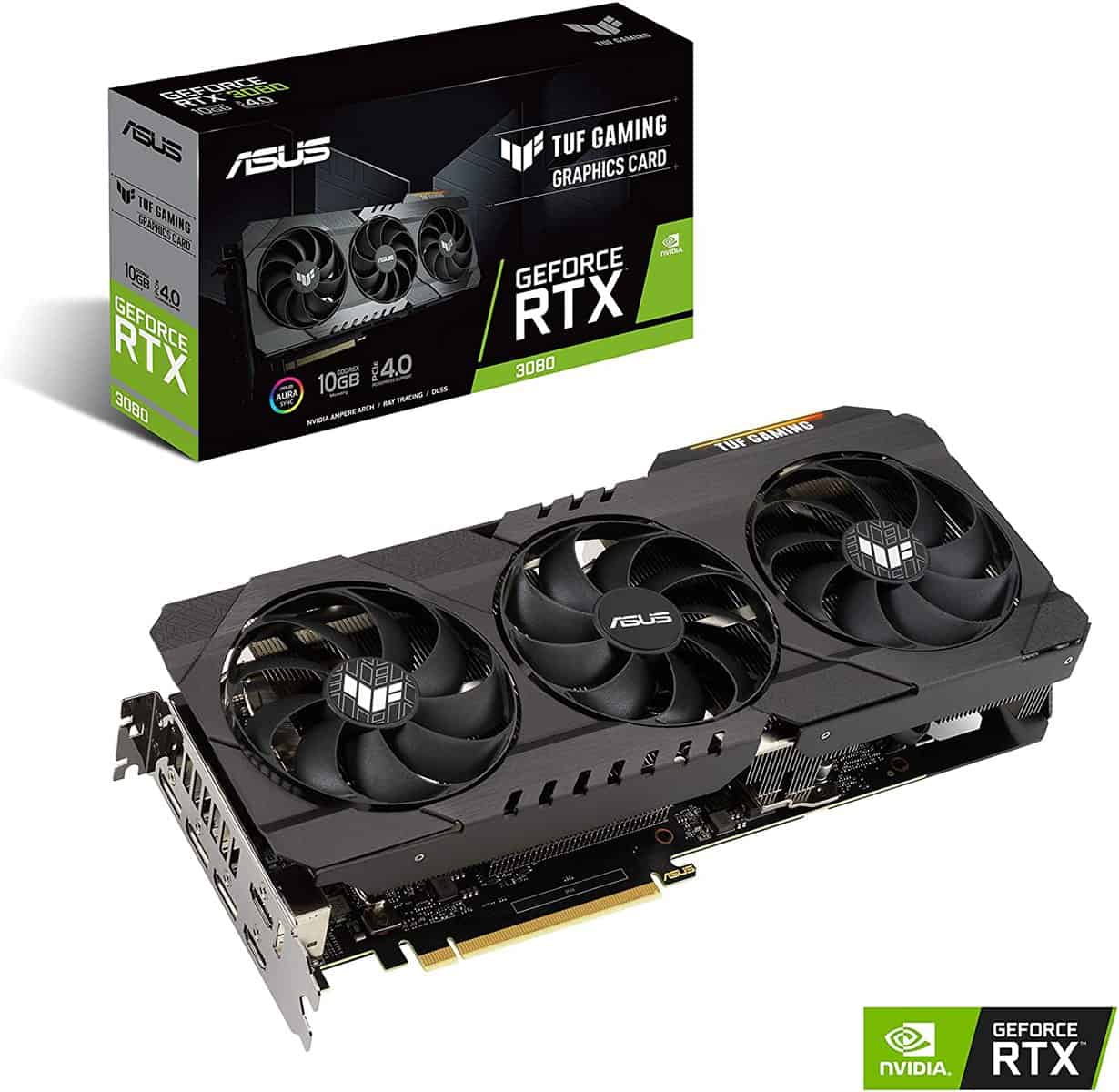
Very competetively priced
2nd Gen Ray Tracing Cores
Very efficient thermal design
One of the quieter 3080 AIBs
Not the most aesthetically pleasing 3080
The 80 series has become the popular choice, but will that stay the same in the new generation?
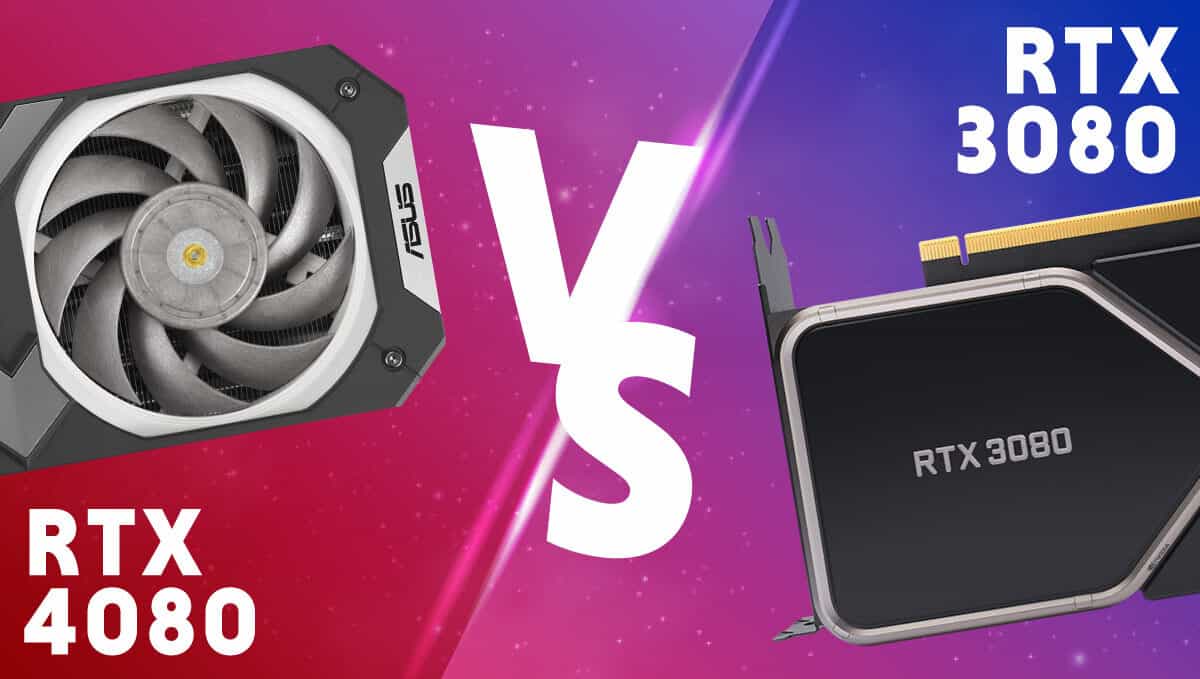
WePC is reader-supported. When you buy through links on our site, we may earn an affiliate commission. Prices subject to change. Learn more
For another cross-generational comparison, we look at the Nvidia RTX 4080 vs 3080. Although they share the same model there are quite a few differences. It was thought the RTX 4080 was going to be the best graphics card of the RTX 4000 series. As the RTX 3080 took that spot with the last generation. However, with its price, it kind of flopped as it wasn’t far off the RTX 4090.
The RTX 3080 came out in September 2020 and it was the popular choice. Although plagued by a shortage with no stock and high prices meant many couldn’t get one. Whereas, the 4080 came out in November 2022. With a lot more stock than you would expect since it’s not as popular as the 4090 from the month before.

Very competetively priced
2nd Gen Ray Tracing Cores
Very efficient thermal design
One of the quieter 3080 AIBs
Not the most aesthetically pleasing 3080
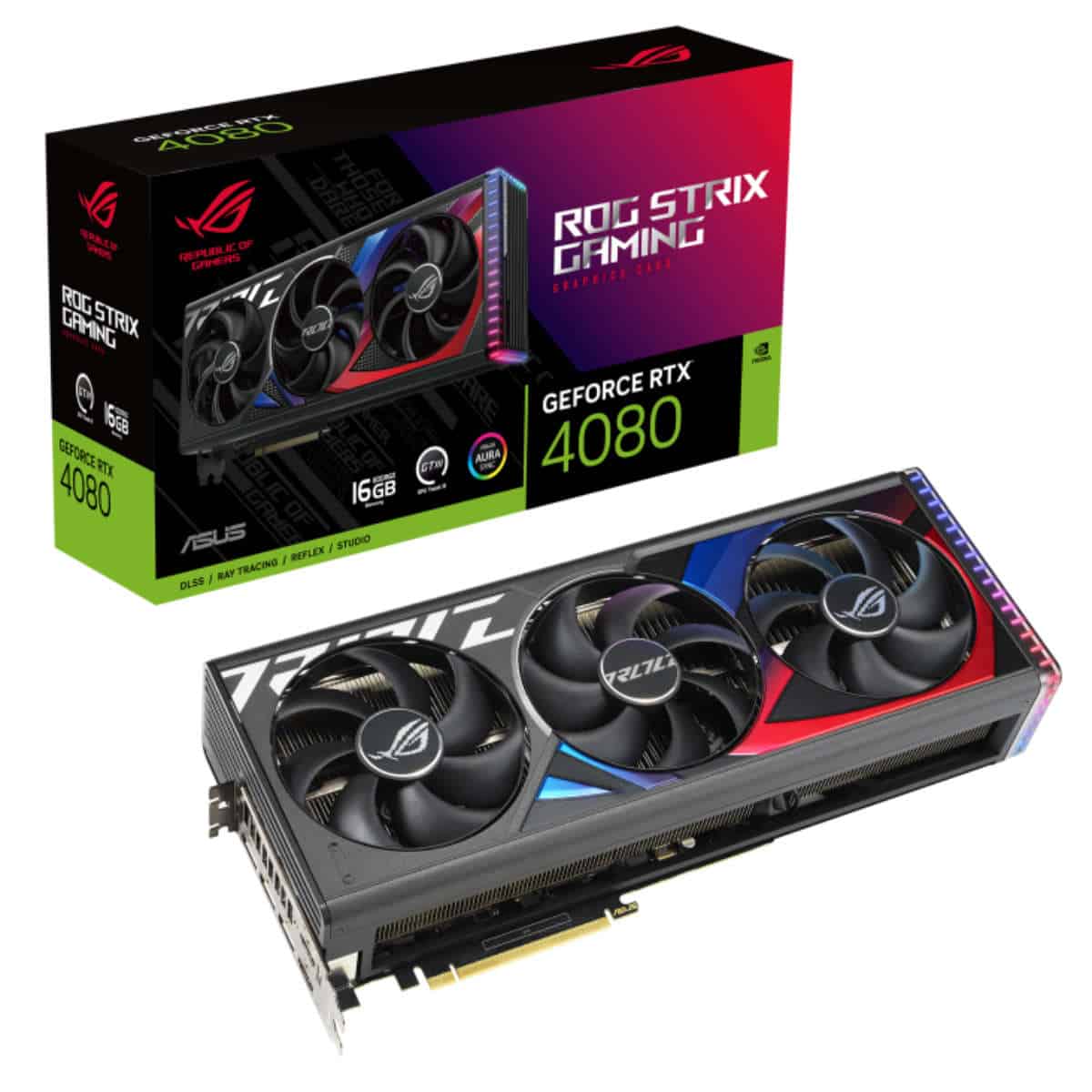
Unhindered performance with a great cooling solution
Cutout cooler design allows unblocked airflow for optimal cooling
Overclocked card offers the best performance at this tier
One of the biggest cards to accomodate the cooling solution may not fit many cases
A popular card it is harder to find and usually more expensive than the other options
For the new generation, there is an upgrade in the architecture. The 40 series is based on the Ada architecture instead of Ampere. With Nvidia optimizing and improving the base architecture there is a further performance for the same cards. Especially with the change in the foundry process between them being able to pack in more in a smaller area.
Looking at the chips, the RTX 3080 utilizes the GA102-200 GPU variant. Based on Samsungs 8nm process, it creates a die 628mm² in size. Managing to hold 28.3 billion transistors. Whilst the RTX 4080 features an AD103-300 chip. Moving back to TSMC it now will be built on the 4N process. So it has a die size of 379 mm² with 45.9 billion transistors. The improved process improved the transistor count significantly to fit even more in. Whilst also having improved efficiency and performance with the new generation
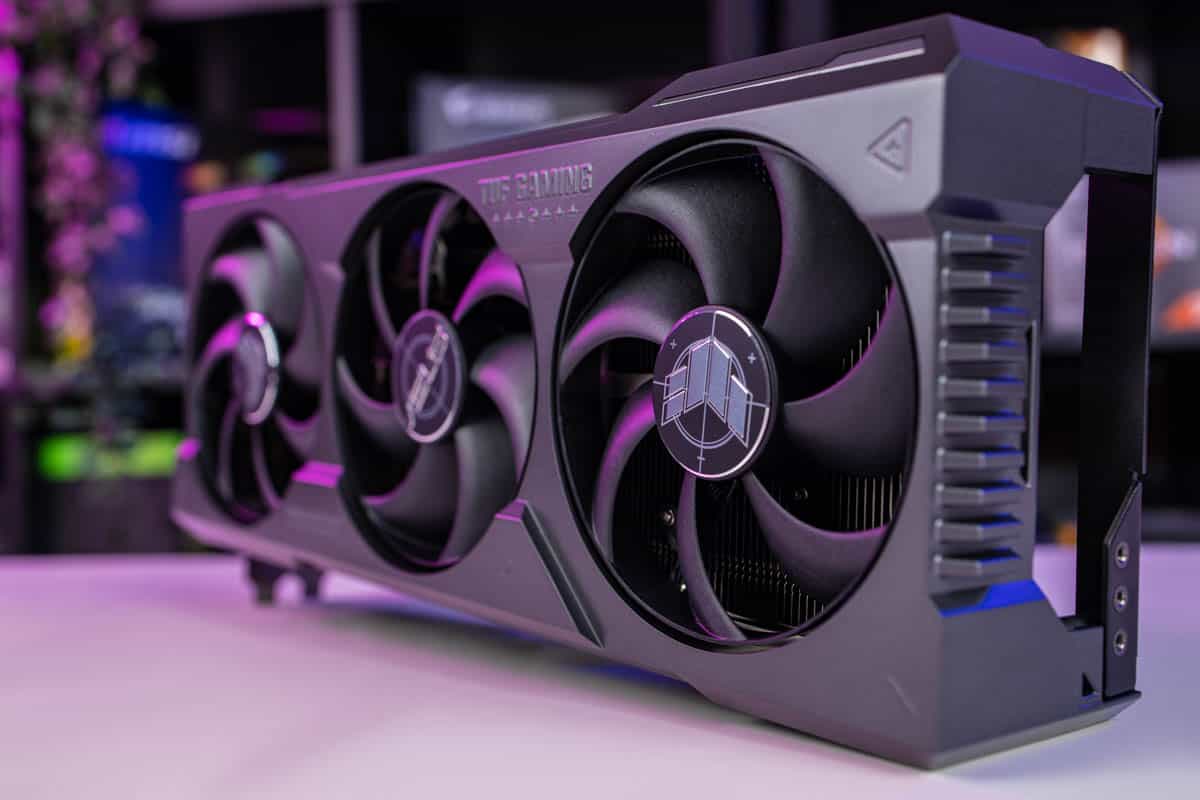
| RTX 4080 | RTX 3080 (10/12 GB) | |
|---|---|---|
| GPU | AD103-300 | GA102-200 |
| GPU process | TSMC N4 | Samsung 8nm |
| CUDA cores | 9,728 | 8,704/8,960 |
| SMs | 76 | 68/70 |
| Memory | 16 GDDR6X | 10/12GB GDDR6X |
| Memory clock | 22.4 Gbps | 19 Gbps |
| Memory bus | 256-bit | 320-bit/384-bit |
| Bandwidth | 716.8 GB/s | 760.3 GB/s/912.4 GB/s |
| Frequency | 2.21 GHz base, 2.51 GHz boost | 1.44 GHz base, 1.71 GHz boost |
| TBP | 320W | 320W/350W |
Although not all will be directly comparable it can still be good to see how they differ. And we explain how they affect the card itself.
CUDA cores are Nvidia’s parallel processor architecture. It allows for more efficient processing of graphics to bring to your screen. It is the Compute Unified Device Architecture and is a well-established system. With each generation further improving how well they work. So although we can compare the numbers on the cards, they may not work the same. So it’s best to see how they compare in the benchmarks but you can expect an improvement as usual.
The 3080 holds 8,704 CUDA cores and 8,960 in the 12GB model inside its chip. Whilst the RTX 4080 has 9,728 cores in its 16GB model. So there is some variance in the counts. With the 16GB increasing the count by 9% over the 12GB 3080. Being able to fit more into the die with a smaller process and more efficient design that works better generationally.
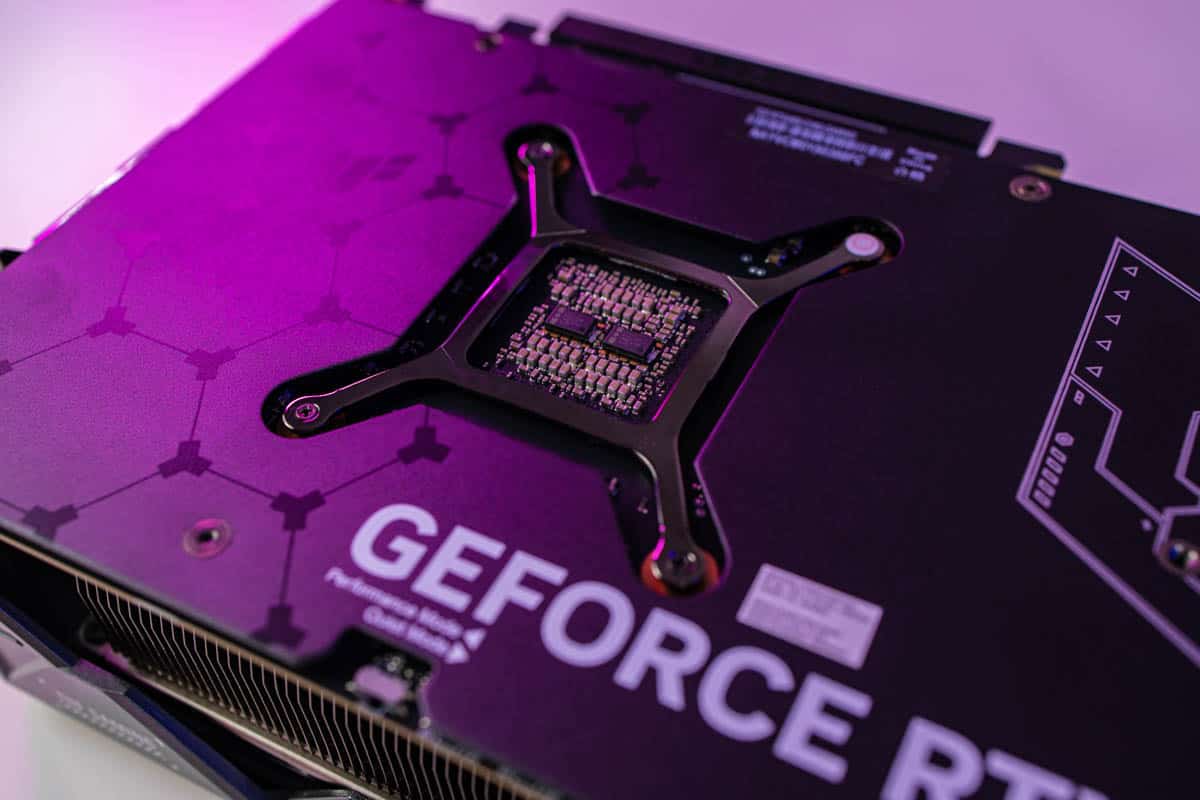
The video random access memory is there for a frame buffer and pixel storage. It enables a smoother experience with better framerate and latency. It’s especially useful for larger resolutions. As they have higher pixel counts to fill up many gigabytes. And requiring higher speeds to move that data.
For the RTX 4080 vs 3080 comparisons, we see an increase in the VRAM. With 16GB of GDDR6X up from 10/12GB of GDDR6X memory. Further pushing the capability of what the 80 models can achieve. Along with the capacity, the clock is also increasing. Up by 3 Gbps to 22.4 Gbps with the newer memory chips.
However, the memory bus is decreasing. Down to 256-bit from 320/384-bit. Although it is a decrease it doesn’t immediately mean lower performance. As it might not have utilized it previously while saving costs. But with that, the bandwidth is down to 716.8 GB/s. Compared to the 760.3 and 912.4 GB/s found in the 10 and 12GB 3080s.
Total board power is the total amount of energy the GPU will consume at full utilization. With more power-hungry cards running up your energy bill. This power is also converted to thermal energy. Which then is given off into your rig and room so it can be a consideration for your heating in Winter but also Summer.
Between these two cards, there is a massive increase in energy consumption. Although the 4080 was first rated at a higher level, it was finally released with a 320 W rating. Which is the same as the 10 GB model and lowers the 350 W of the 12GB 3080. So it does improve energy usage and how much heat it produces. So it has offered some improvements over the last gen.
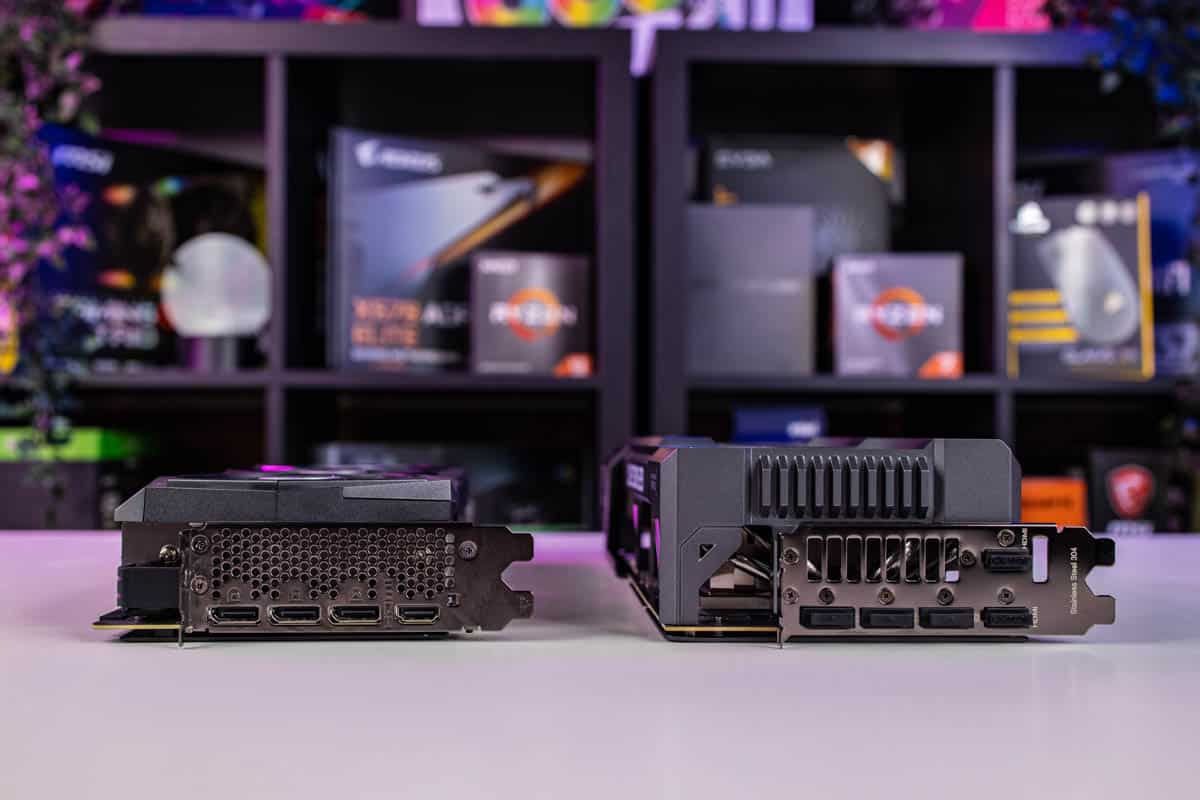
One of the key factors in choosing your next graphics card is how it will actually perform. So we look to the Techspot review to see how well they do compare to each other. There we see the 4080 average 52% at 4k, in the 13-game average. As well as a 51% lead at 1440p and only down to 37% at 1080p. This is exaggerated even more when it comes to ray tracing and DLSS 3 performance.
Previously we may have estimated a price increase but it couldn’t prepare us for the big jump in price. During the announcement, the RTX 4080 was priced at $1,199. Whilst the 3080 has variants priced at $699/$799. So that’s a jump of 50% and Nvidia really showing it will do what it wants as it puts the card out of the reach of so many.
Even when cards doubled performance or so there hasn’t been such a price increase. And it even has to unlaunched its 12 GB model as it was so expensive for what it was. So it will be hard to recommend the much more expensive card when the 3080 can do so much for cheaper.
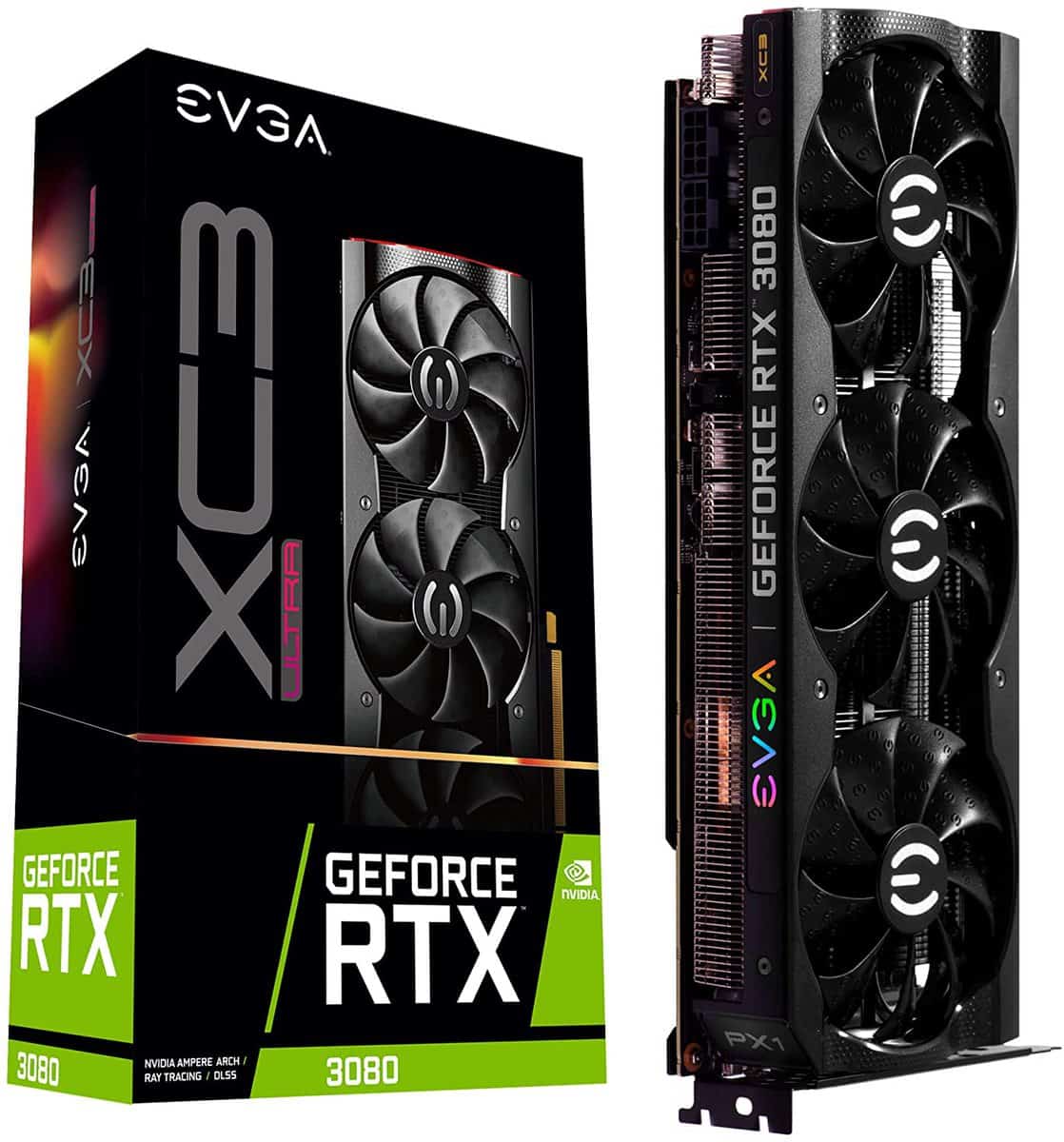
Very good build quality
Attractive design
Displays excellent value
Tasteful RGB
A very long design
Shop on Amazon
CHECK PRICE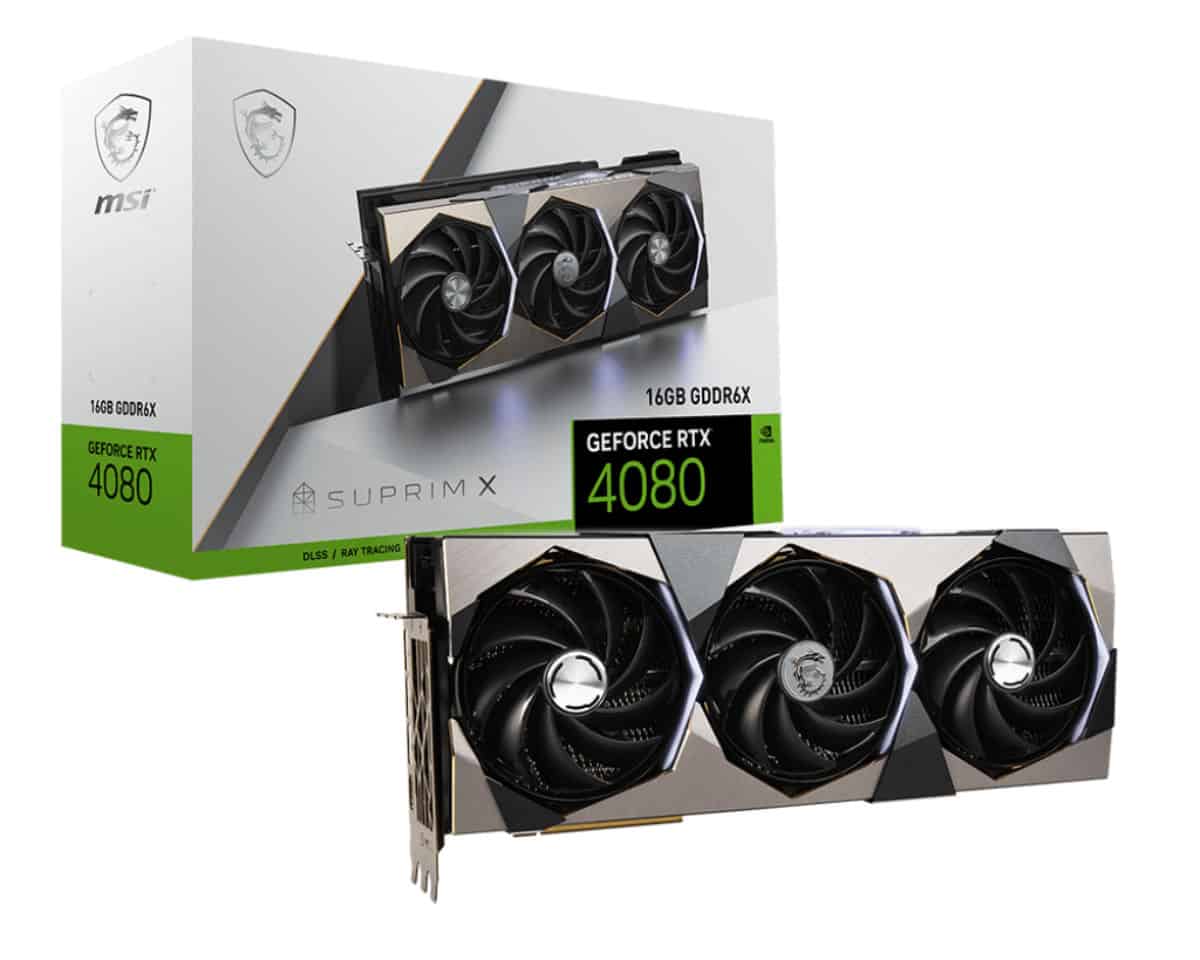
Excellent cooling solution to keep temperatures down
Overclo cked option allows for top tier performance
A more premium choice of card that will cost more than the rest of the selection
Comparing the RTX 4080 vs 3080, we see that there is a big difference between them. But with such a large price increase it will be hard to recommend the newer card. Especially if the performance isn’t that big of a jump as previous improvements haven’t skyrocketed the price.
So it’s probably best to pick up the older generation as still, the 3080 was a great card on its own. Easily achieving great performance in the current market. However, it does make AMD’s RDNA 3 a lot more appealing so it could be a good consideration.
In gaming benchmarks, the 4080 leads the 3080 by 37-52% higher FPS, ranging between 1080p to 4k.
Yes, the 3080 is still a powerful and capable card. Just because another card has come to replace it doesn’t make the old card futile. And even lets you buy the old one for a deal if not battered. It can still achieve everything you may need at this time.
The RTX 4080 has a 47% faster boost clock that the 3080s. Whilst also having a 53% faster base clock. However, its memory bandwidth is reduced compared to the last gen. It will be 27% slower than the 3080 12 GB and 6& slower than the 10 GB.